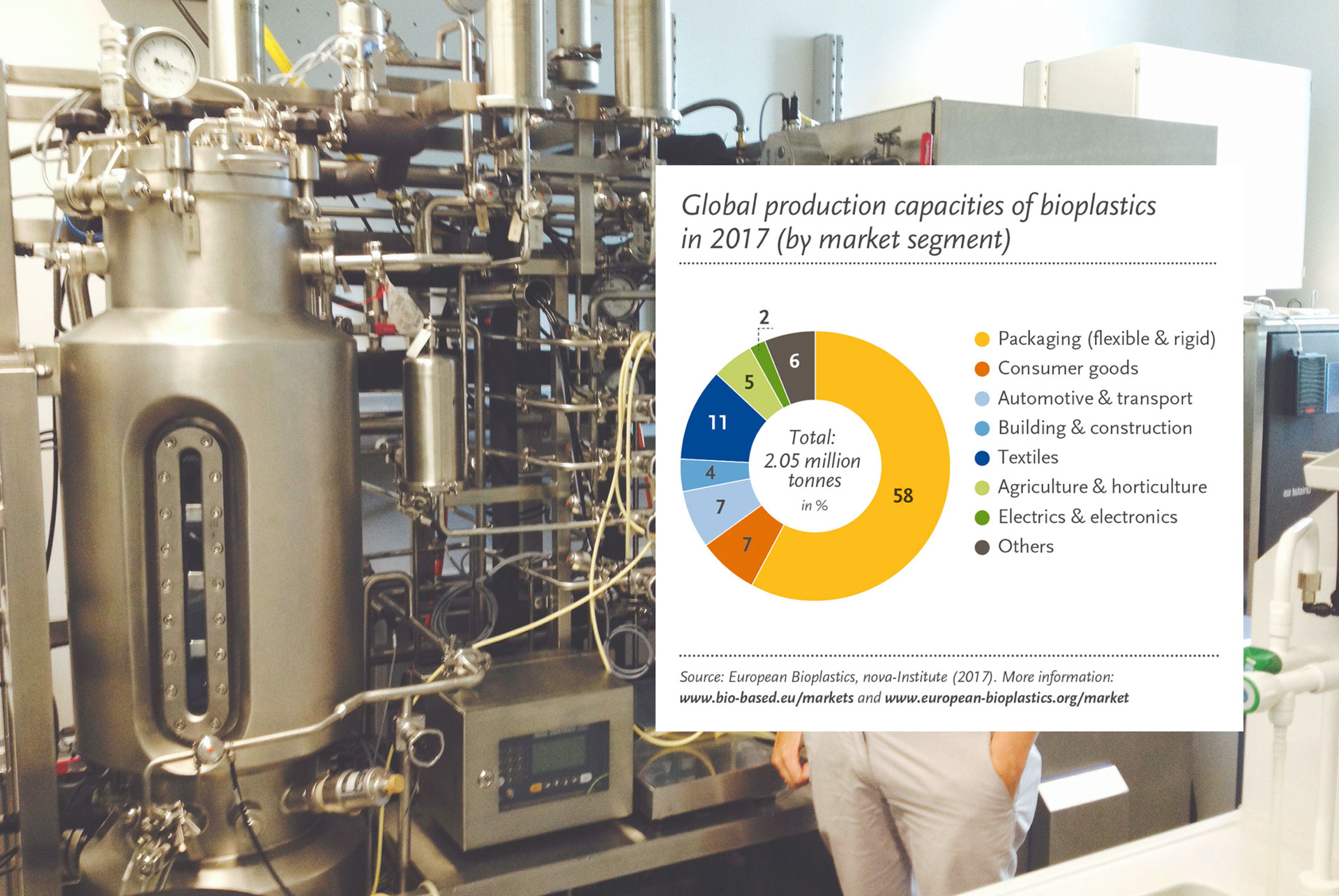
patent exploitation, patent sale, technology transfer, innovation transfer
Licensing/Sale. This scenario often arises when an inventor chooses not to pursue a startup company full-time but still wants to profit from the idea. The inventor conceptualizes the idea and may develop a prototype. In order to protect the idea, the inventor desires to obtain one or more patents covering the elements of the invention. The inventor will then license or sell these patents to another company, which is in a position to commercialize the invention. (This strategy is typically viewed as a lower risk and lower reward than the second scenario, as some of the risk and reward is shared with the licensee or acquirer of the patents.)
In general, a granted patent will entice more demand and a higher price tag than a patent application, as the granted patent has clear rights while the application just has the possibility for future rights (and additional costs of continuing prosecution of the application). Hence, in this scenario, an inventor is incentivized to obtain a patent quickly in order to capitalize on the potential financial benefits of the granted patent.
PHB produced from CO2. Dr. Lackner and his colleagues developed a process which massively increase the yield of PHB.
Commercialize. A second scenario arises when an inventor wants to directly commercialize the invention. This may include building, manufacturing, and/or selling the elements associated with the invention. In this case, an inventor would desire to utilize patents to attempt to block competitors and gain a competitive advantage. However, an inventor could only enforce these rights after the patent is granted. Further, if the company needs to raise capital, some investors will utilize the presence of patents in their determination to invest or not invest and the presence may even affect the valuation determined during the investment round. Hence, in this scenario, an inventor is again incentivized to obtain a patent quickly in order to capitalize on the potential financial benefits of the granted patent.

